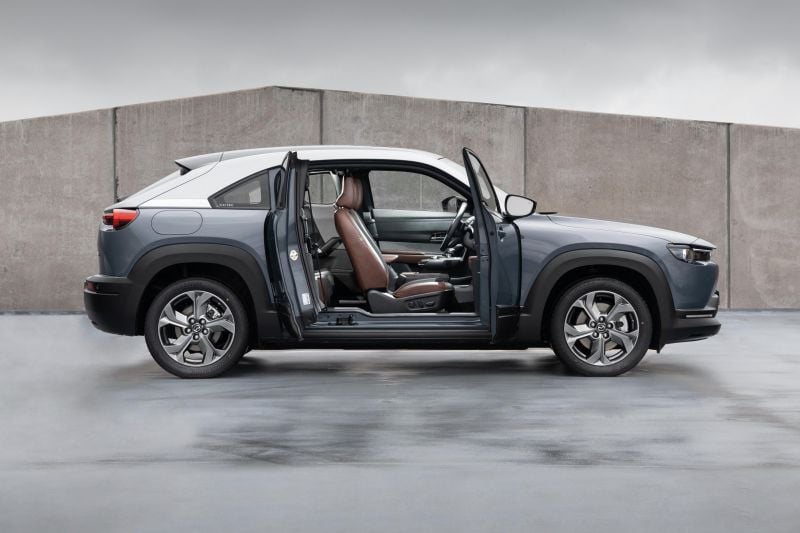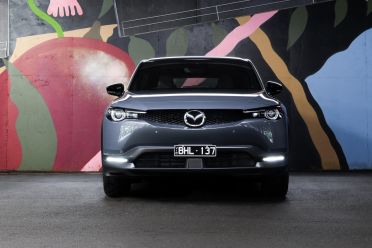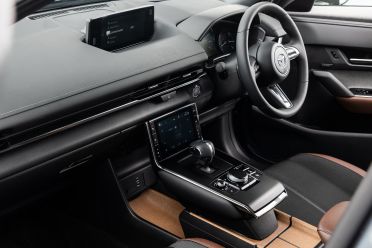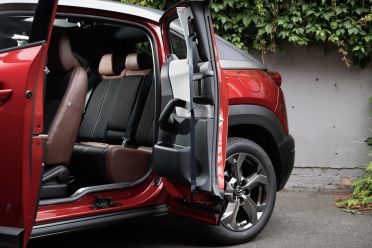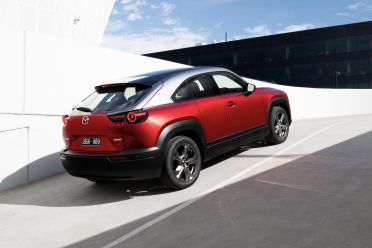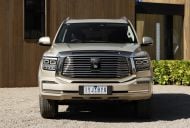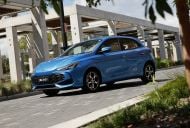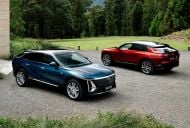Australia’s electric vehicle uptake will continue to lag behind Europe and the USA until the Federal Government pushes renewable energy sources, according to Mazda Australia managing director, Vinesh Bhindi
Speaking with CarExpert, Mr Bhindi said Mazda’s local arm will do its best to offer whatever it can to satisfy customer demand in terms of electrification, but the Australian market will take “a little longer”.
“When you look at the electrification side of things, we started with the Mazda 6 when we launched it with ‘IE Loop’,” Mr Bhindi said, referencing the company’s first model to offer idle stop/start locally.
“So there was a level of electrification [back then]. We’ve now got Skyactiv-X that has electrification and then the MX-30 will be the full EV.”
“Electrification technology will accelerate, not just for us but for all brands globally. The issue I see in Australia is potentially the issue around generation of renewable energy, and the infrastructure to support customers to move in that direction,” Mr Bhindi continued.
“I think that’s what’s going to hold Australia back, but it’s not going to be forever. At some point, I think the government of the day will have to consider electrification, but as long as they invest in renewable energy and affordable renewable energy, I think we will see more and more electrification coming.”
“All brands are preparing for this in Europe, and once Joe Biden gets in I think there will be some change [in the US], or most people expect there’s some change likely to happen there, which means car companies will have the technology and infrastructure to bring electrification to their products.”
“As soon as that happens, and if our customers in Australia desire it, we will be able to offer that,” Mr Bhindi added.
In 2021 Mazda Australia will launch the new MX-30 crossover in both electric and mild-hybrid guises, with the latter due in the first half of the year and the EV should land around mid-year.
The MX-30 EV uses a floor-mounted 35.5kWh battery to power a 107kW/271Nm electric motor. It can be charged via an AC wall box or 50kW DC fast charger.
Mazda cites a 224km driving range on the older NEDC test cycle, equal to around 200km between charges measured against thew newer European WLTP cycle.
For those of us questioning the range, Mazda has previously offered the following response:
“Sizing for the high-voltage battery was carefully considered to fit the inner-urban lifestyle of the target market, while minimising CO2 emissions throughout its life cycle, from resource extraction through to battery disposal.
“Using the average Australian daily commute of 32km ‘round-trip’, the MX-30’s range ensures fuss-free, silent driving over the course of a five-day working week – without the need to charge.”
The mild-hybrid drivetrain, meanwhile pairs the familiar 114kW/200Nm 2.0-litre ‘Skyactiv-G’ naturally-aspirated petrol engine with a six-speed automatic and a 24V on-board electrical system.
While Mazda calls this a ‘mild hybrid’, the claimed fuel economy of 6.4L/100km is nowhere near as low as a Toyota hybrid system, which has more battery power. For context, a similarly sized Toyota C-HR Koba Hybrid uses just 4.3L/100km.
DRIVEN: 2021 Mazda MX-30 review
MORE: Mazda MX-30 coming to Australia in 2021
MORE: Everything Mazda





